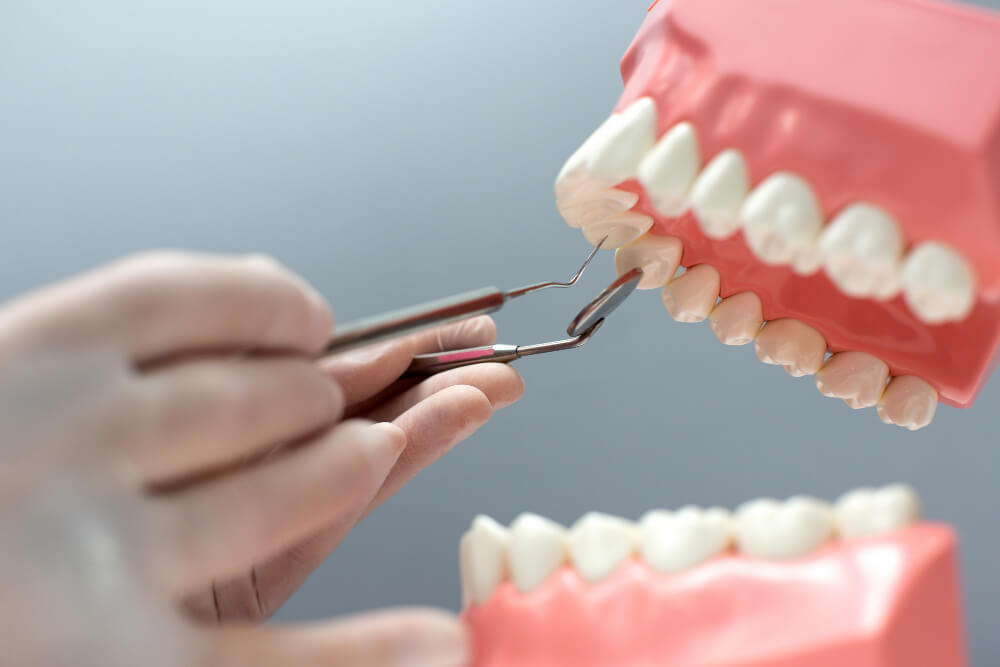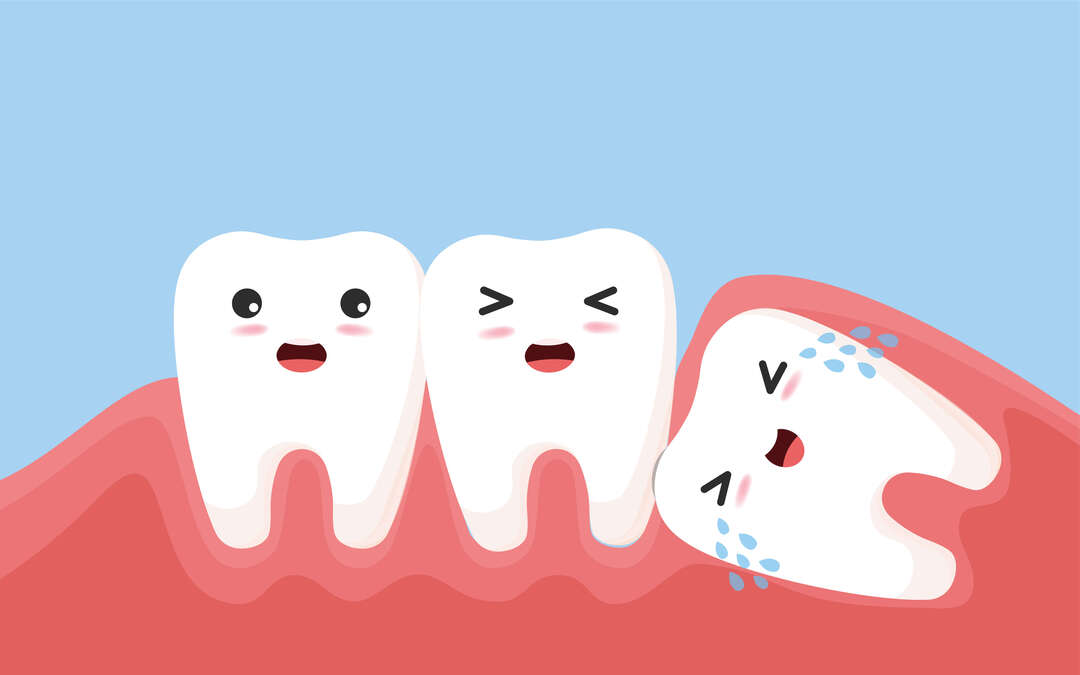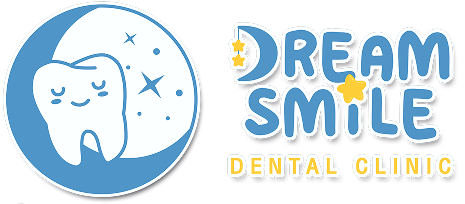General Dentistry
Diagnosis & Examination

Scaling (Tartar Removal)
Ultrasonic Scaling – Uses ultrasonic vibrations to break tartar deposits off the tooth surface quickly and efficiently.
Manual Scaling – Uses handheld instruments to manually scrape off tartar.
Causes of Tartar Build-up
Tartar forms from bacteria hidden in the crevices of the teeth due to food debris and sugar residue. Over time, these bacteria produce acids that erode tooth enamel, leading to plaque that hardens into tartar. If left untreated, tartar buildup thickens and gradually destroys the enamel.
Who Should Get Scaling?
Steps of the Scaling Procedure
How to Prevent Tartar Build-up
- Brush your teeth at least twice daily, in the morning and before bed. If possible, brush after every meal or rinse your mouth with water.
- Avoid sugary foods, especially between meals.
- Use dental floss to remove plaque between teeth.
- Clean your tongue after brushing and flossing.
- Visit the dentist at least twice a year for check-ups and professional cleaning.
Benefits of Scaling
- Helps prevent gum disease.
- Maintains fresh breath and prevents gum inflammation.
- Reduces the risk of tooth loss due to plaque buildup.
- Regular check-ups (every 6 months to 1 year) can help prevent gingivitis and periodontal disease.

Dental Fillings
Dental fillings are used to repair damaged or decayed teeth by restoring their function and appearance. They can be applied in cases of cavities, enamel erosion, or minor fractures due to accidents.
Risk Factors for Tooth Decay
- Frequent consumption of sugary foods and drinks.
- Sticky sweets that cling to teeth for long periods.
- Drinking sweetened beverages frequently
- throughout the day.
Types of Dental Fillings
Amalgam Fillings (Silver Fillings)
- Durable and affordable.
- Commonly used for back teeth.
- Requires tooth preparation for proper bonding.
- Takes 24 hours to fully set before chewing.
Pros:
- Cost-effective.
- Simple and quick procedure.
- Works well in areas with high moisture (e.g., saliva).
Cons:
- Takes 24 hours to harden before use.
- Requires removal of more tooth structure than necessary.
- Less aesthetic due to metallic color.
- May cause tooth discoloration or fractures over time.
Composite Resin Fillings (Tooth-Colored Fillings)
- Matches natural tooth color.
- Used for both front and back teeth.
- Hardens quickly with light activation.
- Requires precise moisture control during application.
Pros:
- Mercury-free and biocompatible.
- Aesthetic and natural-looking.
No waiting period for hardness—usable immediately. - Preserves more natural tooth structure than amalgam.
- Can be used for cosmetic restorations (e.g., closing gaps, reshaping).
- Advanced materials last over 10 years with proper care.
Cons:
- More expensive than amalgam.
- Takes longer and requires more precision.
- Can stain over time from food, drinks, or smoking.
- Does not whiten with teeth whitening procedures.
- Can be more prone to chipping in high-stress areas.
Temporary Fillings
- Used as a short-term solution before a permanent filling.
- Helps protect the tooth while awaiting further treatment.
Pros:
- Affordable and easy to apply.
- Can be removed easily for additional treatments.
Cons:
- Not durable—may dislodge anytime.
- Designed for short-term use only.
- Cannot be used for chewing immediately after placement.
